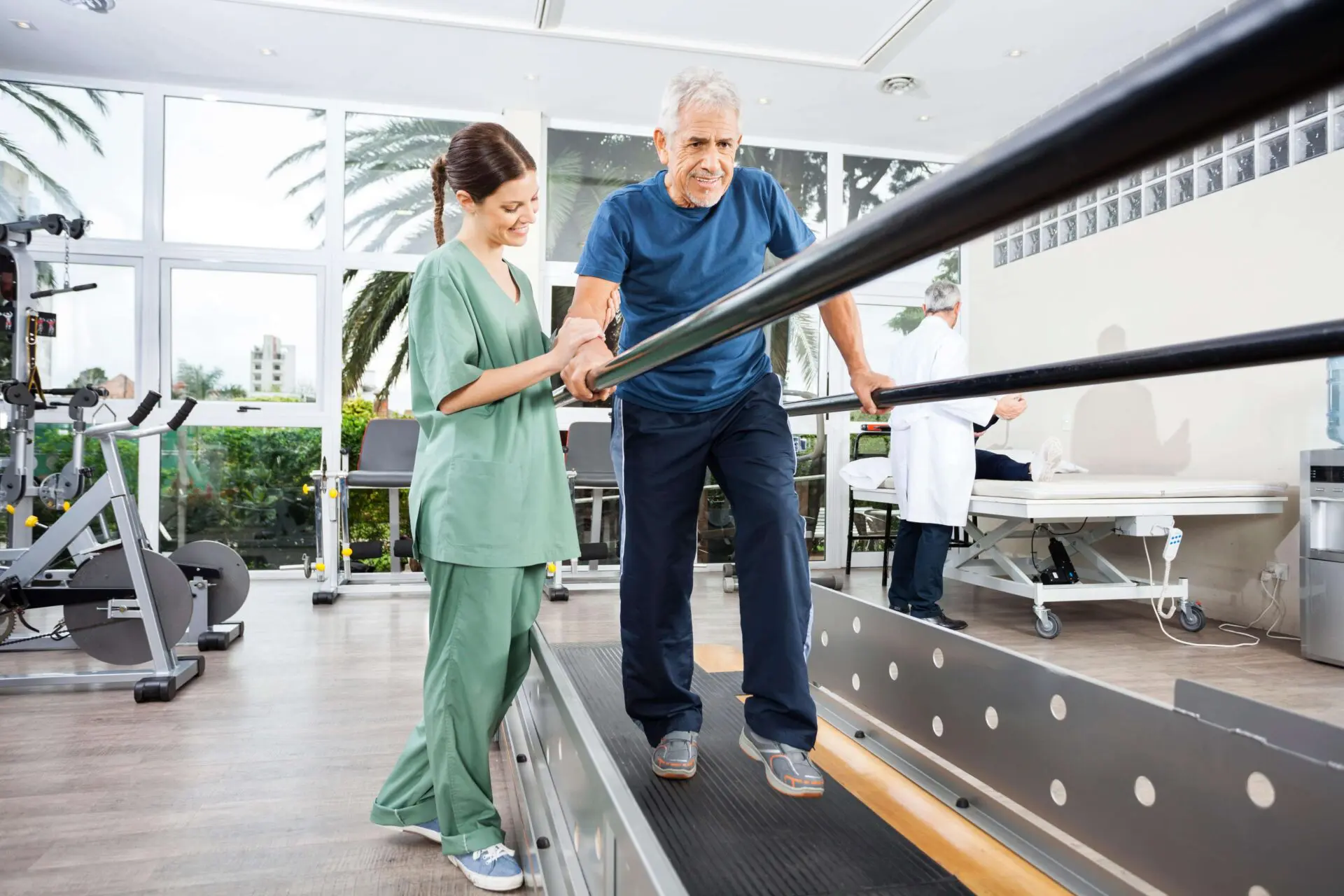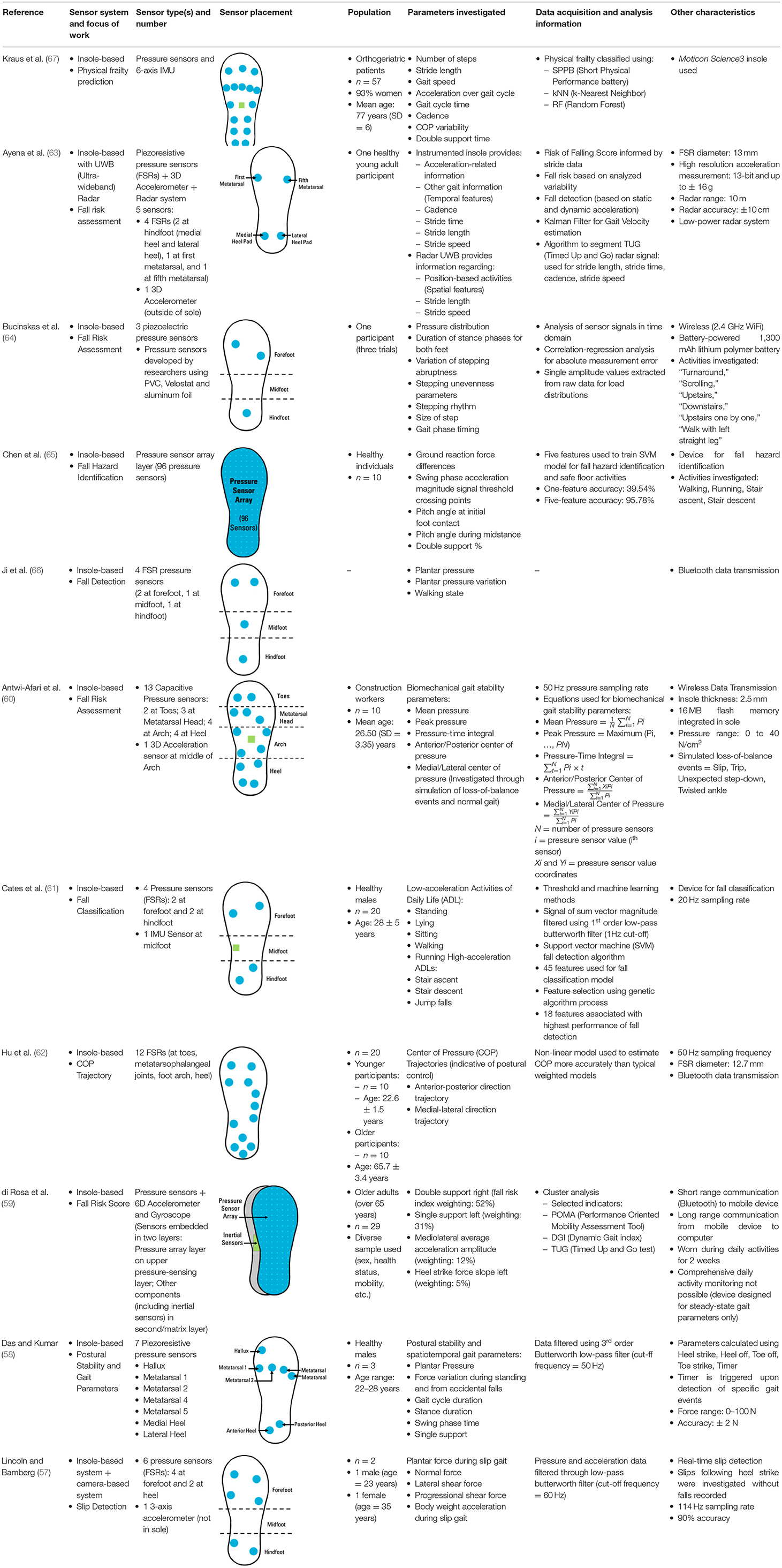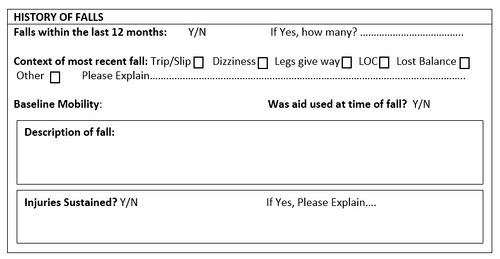Dementia Fall Risk Things To Know Before You Buy
10 Easy Facts About Dementia Fall Risk Described
Table of ContentsDementia Fall Risk Things To Know Before You BuyOur Dementia Fall Risk PDFsDementia Fall Risk Can Be Fun For AnyoneSome Known Factual Statements About Dementia Fall Risk
An autumn threat assessment checks to see just how likely it is that you will drop. It is mostly provided for older grownups. The assessment normally consists of: This consists of a collection of inquiries regarding your overall health and if you've had previous drops or issues with equilibrium, standing, and/or walking. These tools evaluate your stamina, equilibrium, and gait (the way you walk).STEADI includes screening, examining, and intervention. Treatments are referrals that may minimize your danger of dropping. STEADI consists of 3 actions: you for your threat of falling for your risk elements that can be enhanced to attempt to avoid drops (for instance, balance problems, impaired vision) to reduce your threat of dropping by making use of reliable approaches (for example, supplying education and learning and resources), you may be asked several inquiries including: Have you dropped in the previous year? Do you really feel unstable when standing or walking? Are you worried regarding falling?, your copyright will certainly check your stamina, balance, and stride, utilizing the complying with autumn evaluation devices: This examination checks your stride.
Then you'll sit down once more. Your copyright will certainly check just how long it takes you to do this. If it takes you 12 seconds or even more, it may suggest you go to higher threat for a fall. This test checks toughness and balance. You'll being in a chair with your arms went across over your chest.
The positions will certainly obtain tougher as you go. Stand with your feet side-by-side. Move one foot midway onward, so the instep is touching the large toe of your other foot. Move one foot fully before the other, so the toes are touching the heel of your various other foot.
Dementia Fall Risk - The Facts
A lot of falls happen as an outcome of several contributing variables; therefore, taking care of the risk of dropping starts with recognizing the factors that contribute to drop danger - Dementia Fall Risk. Some of one of the most appropriate threat elements include: Background of previous fallsChronic clinical conditionsAcute illnessImpaired gait and equilibrium, reduced extremity weaknessCognitive impairmentChanges in visionCertain risky medicines and polypharmacyEnvironmental elements can likewise increase the threat for falls, including: Inadequate lightingUneven or damaged flooringWet or unsafe floorsMissing or harmed hand rails and get barsDamaged or improperly fitted devices, such as beds, mobility devices, or walkersImproper use assistive devicesInadequate supervision of individuals staying in the NF, including those who display aggressive behaviorsA successful fall threat administration program calls for a detailed click for more professional analysis, with input from all members of the interdisciplinary group

The treatment plan should additionally include treatments that are system-based, such as those that promote a risk-free atmosphere (appropriate lights, handrails, order bars, etc). The performance of the interventions need to be reviewed occasionally, and the treatment strategy modified as required to reflect adjustments in the loss risk analysis. Implementing an autumn risk monitoring system using evidence-based finest method can reduce the prevalence of drops in the NF, while restricting the capacity for fall-related injuries.
More About Dementia Fall Risk
The AGS/BGS standard advises screening all adults matured 65 years and older for fall danger each year. This testing is composed of asking clients whether they have actually dropped 2 or more times in the previous year or sought medical interest for an autumn, or, if they have actually not fallen, whether they feel unsteady when walking.
People Web Site who have actually dropped when without injury must have their balance and gait evaluated; those with stride or equilibrium abnormalities should receive additional assessment. A background of 1 loss without injury and without stride or balance problems does not require more analysis beyond continued annual loss threat testing. Dementia Fall Risk. A loss threat assessment is needed as part of the Welcome to Medicare examination

What Does Dementia Fall Risk Mean?
Documenting a falls history is just one of the high quality indications for fall prevention and monitoring. A critical part of risk assessment is a medicine testimonial. A number of courses of drugs increase autumn threat (Table 2). copyright medications specifically are independent predictors of falls. These medications tend to be sedating, alter the sensorium, and impair equilibrium and stride.
Postural hypotension can commonly be reduced by lowering the dosage of blood pressurelowering medicines and/or stopping medications that have orthostatic hypotension as a side impact. Use above-the-knee support pipe and copulating the head of the bed boosted might also minimize postural decreases in high blood pressure. The suggested aspects of a fall-focused physical exam are displayed in Box 1.

A yank time higher than or equivalent to 12 secs suggests high loss threat. The 30-Second Chair Stand test evaluates reduced extremity toughness and equilibrium. Being not able to stand up from a chair of knee height without utilizing one's arms shows enhanced loss threat. The 4-Stage Balance examination analyzes static balance by having the patient stand in 4 placements, each considerably more tough.